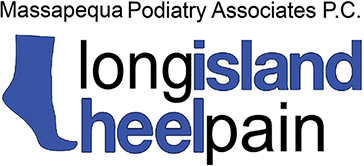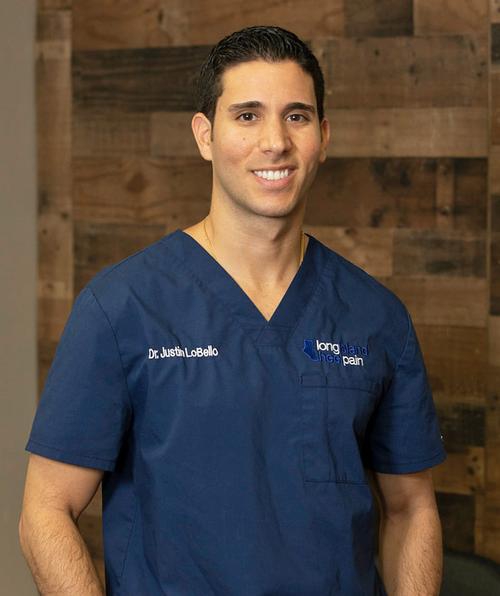If you have spent any significant amount of time with a bunion, the thought of bunion surgery has surely come to mind at one point or another. Perhaps you even think it’s the only true solution available to you.
If that’s the case, we encourage you to expand your horizons! Not all bunions have surgery as their only option for treatment. In fact, if non-surgical methods can provide a patient significant relief or improvement of their quality of life, we will very likely recommend them over surgery. Even bunions that have been around for decades may benefit from a conservative approach to treatment.
However, some cases are simply too severe for non-surgical methods to have much effect, or circumstances surrounding the case suggest that surgery will really be the best option.
If surgery is a real consideration, it is important to know as much about what to expect as possible.
We can’t tell you everything here, especially because bunion surgery can be a different experience from patient to patient. What we can do is provide some basic information about how bunion surgeries tend to operate and what you may expect from recovery. The specific, in-depth details are best discussed face-to-face.

When is Bunion Surgery Recommended?
We previously mentioned that surgery is recommended when conservative treatments don’t have much effect, but there is a little more to the picture than that.
Other factors must be considered before recommending bunion surgery, including your age, activity level, and general health. Are there other conditions that might complicate a surgery? How exactly are bunion symptoms affecting your life?
Some general symptoms that make bunion surgery more likely include:
- Your toe being constantly swollen and in pain, even at rest and with medication.
- Being unable to bend or straighten your big toe.
- Being unable to walk more than a few blocks without severe pain, or having pain that keeps you from completing activities you have to do (or just love to do).
One factor that will not be considered for bunion surgery is how it may or may not cosmetically change your foot. Bunion surgery can be complex, and every surgery will always have slight risks, so it is almost never performed for purely aesthetic reasons.
What Can Happen During Bunion Surgery
When we say bunion surgery can be complex, we mean it. There are more than 100 different types of surgical bunion procedures that can be performed, each with its own benefits and drawbacks for a specific patient’s situation.
We will certainly not go over every procedure in detail here, but we can describe some of the more common ones.
In general, the goals of bunion surgery can include realigning the bones of the big toe, removing the bump itself, and providing greater stability to the metatarsophalangeal (MTP) joint, which is often responsible for causing the shifting of the big toe over time.
Surgical ways of achieving these goals can include:
- Cutting into the big toe joint and realigning it (an osteotomy).
- Removing the bunion itself without realigning the joint (an exostectomy).
- Repositioning muscles, tendons, and/or ligaments surrounding the joint.
- In some severe cases, fusing the joint to help reduce pain and discomfort.
Variations of the above are likely, but we would be sure to fully describe and discuss all options with you.
Most bunion surgeries are performed under local anesthesia, meaning you will be awake but unable to feel pain in your foot. A common type of anesthetic used for bunion procedures is an ankle block, which essentially stops nerves in your foot from transmitting pain signals for a temporary basis.
Preparation and Recovery
In general, most patients will require a few medical tests before being cleared for bunion surgery, just to ensure there are no underlying health factors that might interfere with a procedure. Tests might include x-rays, heart monitoring, and blood and urinary analyses.
You might also be prescribed antibiotic medication, or asked to temporarily abstain from medications you are already taking, such as blood thinners.
Fasting from food or liquids might also be required, depending on when the surgery is to take place.
Following the procedure, you will be moved to a recovery room for observation, just to make sure no problems develop. Once cleared, you can then be taken home. (No, you will not be able to drive yourself home, so you must arrange for someone to do so for you.)
We will provide you specific, individualized instructions for taking care of your foot and yourself at home. You may have a special shoe or cast for protection.
You will need to stay off the foot as much as possible, as well as keep it elevated to help reduce pain and swelling. Ice, medication, and other treatments might also be recommended.
Full recovery from bunion surgery can take up to six months, with a somewhat wide variance of time depending on the procedure and one’s general health. Most people able to return to normal shoes and activities much sooner than that, although residual pain and swelling might remain for a while.
It is extremely important to follow all recovery instructions precisely, and to not start doing anything before you are cleared for it. Putting weight on your foot too early can cause you injury and lengthen your recovery time.
Expect to need roomier shoes to accommodate swelling for several months, once you are able to wear shoes normally again. High heels and other shoes that force weight toward the front of the foot will largely be out of the question for some time.
Your Experts on Bunion Care
Do not wait to find the help you need for a bunion. Whether conservative or surgical forms of treatment may work for you, you deserve to know how you can improve your comfort and mobility.
Call our Massapequa office at (516) 541-9000 to schedule an appointment with us. If you prefer to reach out electronically instead, fill out our online contact form below and a member of our staff will reach out to you during our normal office hours.



